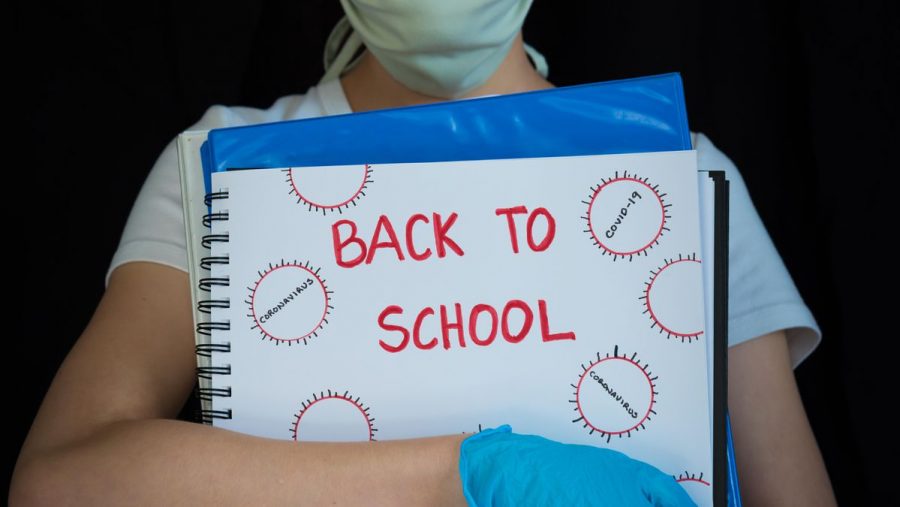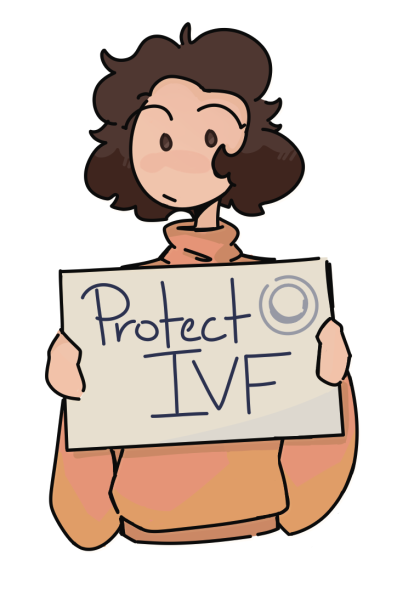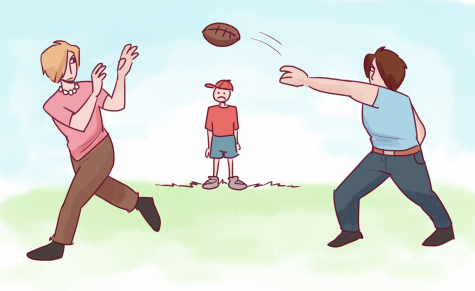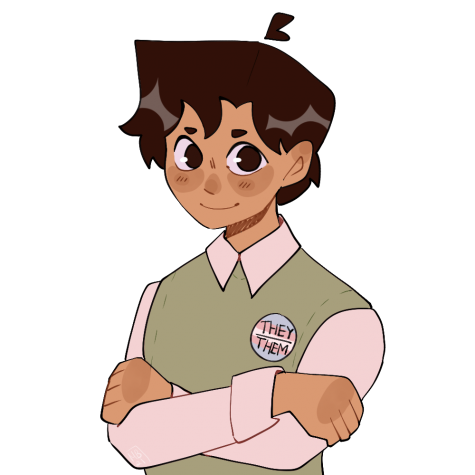What steps students can take to minimize their role in the spread of COVID-19
September 2, 2020
While the risk of developing a symptomatic case of COVID-19 may not be high for teenagers, recent findings suggest that young adults could play a huge role in spreading the disease unknowingly. There are many precautions that students at Edina High School and elsewhere can take to minimize their impact when returning to school this fall.
To a certain degree, it’s possible for young people to disassociate more from COVID-19 than other age groups because their share of symptomatic cases is relatively small. This disregard, whether intentional or not, becomes a significant problem when the potential to spread COVID-19 to others is so great. New findings suggest that children and teenagers play a significant role in spreading the disease. Specifically, a study published in the Journal of Pediatrics found that a greater mass of the virus is present in the blood of children. Therefore, they have the ability to spread the disease more easily than adults. This presents a large risk to the families of children and teenagers as well as school staff which likely include at-risk adults who will be affected by contracting COVID-19. For this reason, students should be prepared to take precautions against spreading the virus.
Those planning on attending school this fall should not discount their ability to substantially minimize transmissions by preparing ahead of time. An integral piece of this is finding the right mask. Unfortunately, besides the N95 mask that is reserved for healthcare workers, no specific mask has been proven to work the best. One thing is certain, however: fit is everything. Whether a student is planning on wearing a fabric mask or otherwise, the mask’s effectiveness drops significantly if it doesn’t fit snugly.
Finding the best mask for a specific face might take some experimenting, as no one can expect to find the perfect fit with the first mask they buy. Comfort is also a factor to consider. Wearing a mask for up to eight hours is going to feel different than a 15 minute trip to the grocery store, and different styles may work better for the long term. Ties, as opposed to elastics, are sometimes recommended for both comfort and fit. Though masks shouldn’t be used as an excuse to stop social distancing, they have a significant impact when everyone wears one properly.
Another precaution that teenagers can take is remembering to be diligent about sanitizing their hands and possessions. The CDC recommends this especially after removing or touching a mask and before eating. Because access to bathrooms at school can be limited, carrying hand sanitizer with at least 60% alcohol is a good alternative plan. After getting home from school, students should wash their hands and sanitize any items that are touched regularly, such as a phone. Masks should be placed in an area where they won’t come into contact with other items and be swapped out with new ones the next day.
The final step that high schoolers can take is to limit the amount of people that they spend an extended period of time with. Some are forming “friend bubbles” to achieve this, made up of a small number of people who only have physical contact with those in the group. Although this is a good beginning, this method isn’t always the best solution. A bubble really may have more members than originally thought when people’s respective families, work colleagues, and sports teams are factored in. If “bubbling” is something that you’ve chosen to do, wearing masks and continuing to distance or meet outside are all good considerations to mitigate some of the risk.
Though taking all of these steps could seem overwhelming, it’s the best way that students have to protect themselves and others. Everyone going back to school will be taking on a certain amount of risk. While staying six feet apart is a good rule of thumb, this specific measurement has never definitively been proven to stop a person from transmitting COVID-19. This fall, students need to make the best of a precarious situation.








